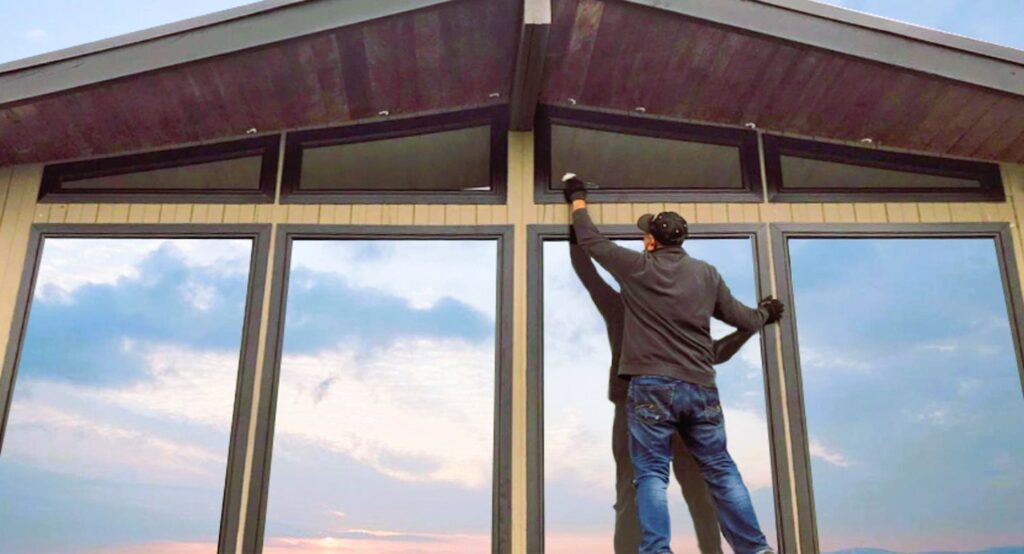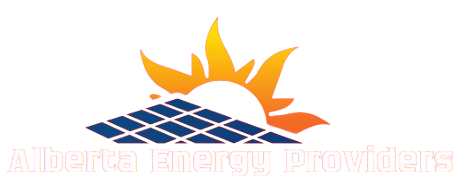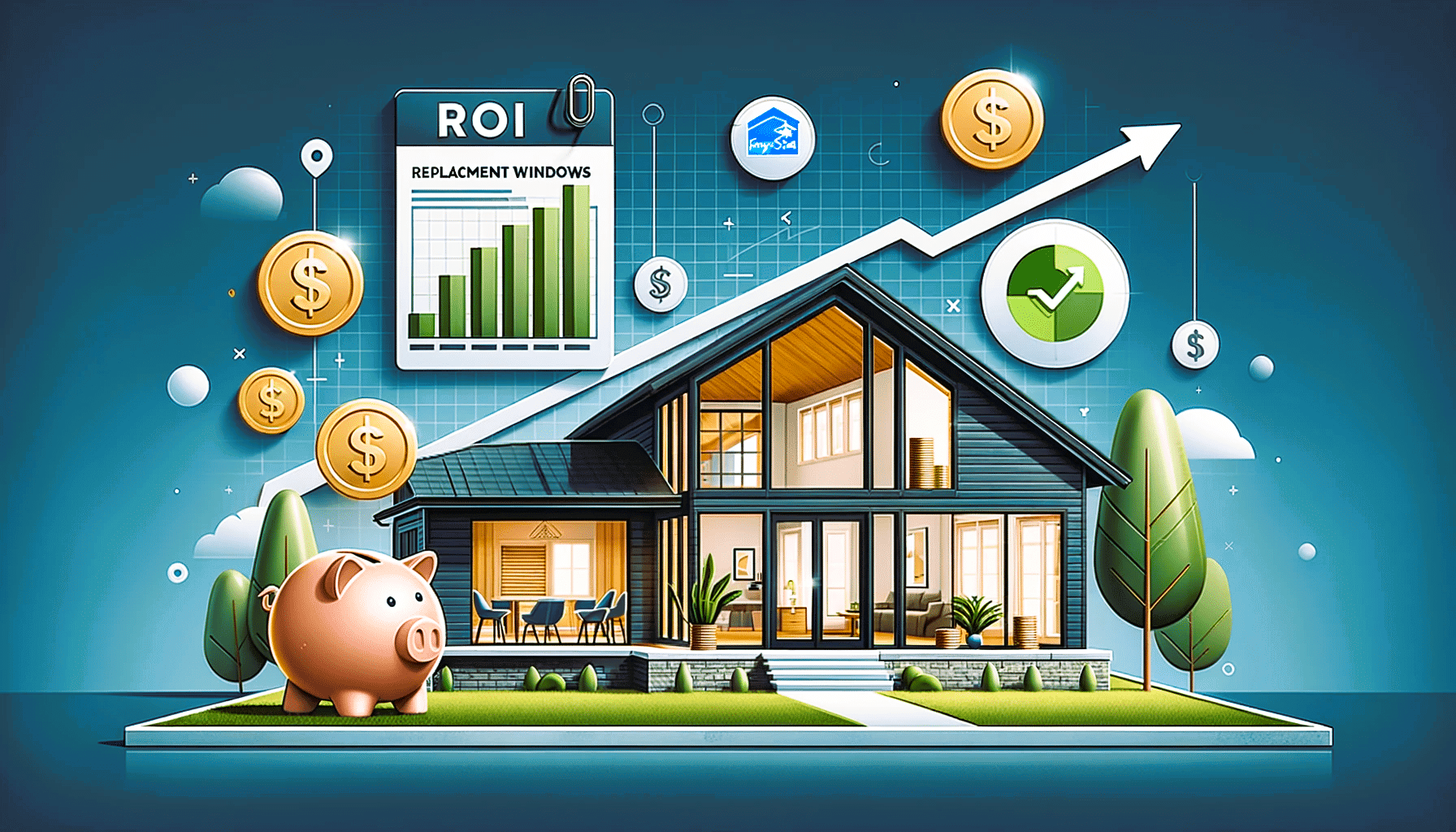Investing in energy-efficient upgrades for your home can yield significant financial returns in the form of energy savings, increased property value, and enhanced comfort. Among these upgrades, replacing old or inefficient windows with energy-efficient alternatives is a popular choice for homeowners looking to improve energy performance and reduce utility costs. In this article, we’ll explore the return on investment (ROI) of energy-efficient window upgrades, examining the financial benefits and considerations associated with this home improvement project.
Understanding Energy-Efficient Windows
Energy-efficient windows are designed to minimize heat transfer and air leakage, resulting in improved insulation, reduced energy consumption, and enhanced indoor comfort. These windows incorporate various features such as low-emissivity (Low-E) coatings, multiple panes, gas fills, and insulated frames to optimize thermal performance and energy efficiency. By preventing heat loss in the winter and heat gain in the summer, energy-efficient windows help maintain stable indoor temperatures and reduce reliance on heating and cooling systems.
Financial Benefits of Energy-Efficient Window Upgrades
- Energy Savings: One of the most significant financial benefits of energy-efficient window upgrades is the reduction in energy consumption and utility bills. By minimizing heat transfer and air leakage, these windows can lower heating and cooling costs year-round, leading to substantial long-term savings on energy expenses.
- Increased Property Value: Energy-efficient features, including windows, are attractive selling points for homebuyers concerned about energy efficiency and environmental sustainability. Upgrading to energy-efficient windows can enhance the market value of your home, potentially yielding a higher selling price and a quicker sale when the time comes to list your property.
- Improved Comfort and Quality of Life: Energy-efficient windows contribute to improved indoor comfort by reducing drafts, minimizing temperature fluctuations, and enhancing sound insulation. A more comfortable living environment can lead to increased satisfaction and well-being for occupants, adding value to the overall homeowner experience.
Calculating Return on Investment (ROI)
When evaluating the ROI of energy-efficient window upgrades, homeowners should consider factors such as upfront costs, energy savings, potential tax incentives or rebates, and the expected lifespan of the windows. The formula for calculating ROI is as follows:

To estimate the total savings over time, homeowners can use energy modeling software, utility bill data, or calculations based on average energy prices and consumption rates. Additionally, it’s essential to factor in any available incentives, such as tax credits or rebates for energy-efficient home improvements, which can further offset the initial investment and improve the overall ROI. Read about the important role of window coverings in improving energy efficiency and privacy, read more at this link.
Considerations and Tips for Maximizing ROI
- Choose Energy-Efficient Products: When selecting energy-efficient windows, look for products certified by reputable organizations such as ENERGY STAR® or certified by independent testing laboratories. These certifications ensure that the windows meet rigorous performance standards and qualify for incentives or rebates offered by government agencies or utility companies.
- Evaluate Installation Costs: In addition to the cost of the windows themselves, homeowners should consider installation expenses when calculating the total investment. Hiring a qualified contractor to properly install energy-efficient windows is essential for maximizing performance and longevity.
- Assess Long-Term Savings: While energy-efficient window upgrades may require a higher initial investment compared to standard windows, the long-term savings in energy costs can justify the upfront expense. Consider the expected lifespan of the windows and calculate the cumulative savings over time to determine the true ROI of the investment.
Standards and Regulations
Several organizations provide guidelines and standards for energy-efficient window performance and installation practices. For more information on energy-efficient windows and related standards, you can visit the following websites:
Energy-efficient window upgrades offer a compelling ROI for homeowners seeking to improve energy performance, reduce utility costs, and enhance the value and comfort of their homes. By investing in high-quality, energy-efficient windows and considering factors such as upfront costs, energy savings, and available incentives, homeowners can maximize the financial benefits of this home improvement project. With proper planning and evaluation, energy-efficient window upgrades can deliver long-term savings and a positive return on investment for years to come.

